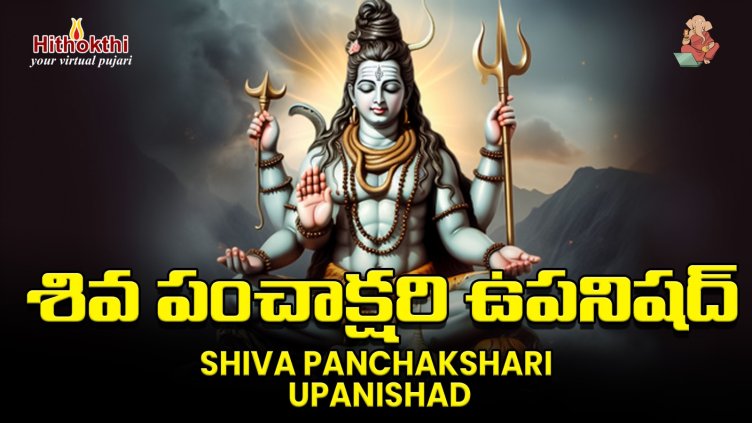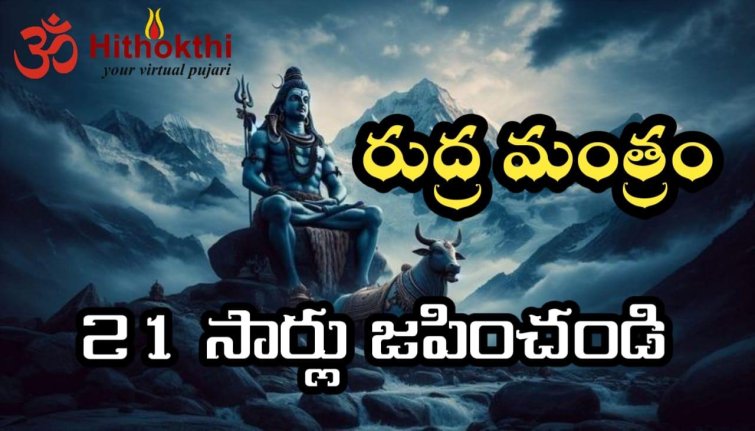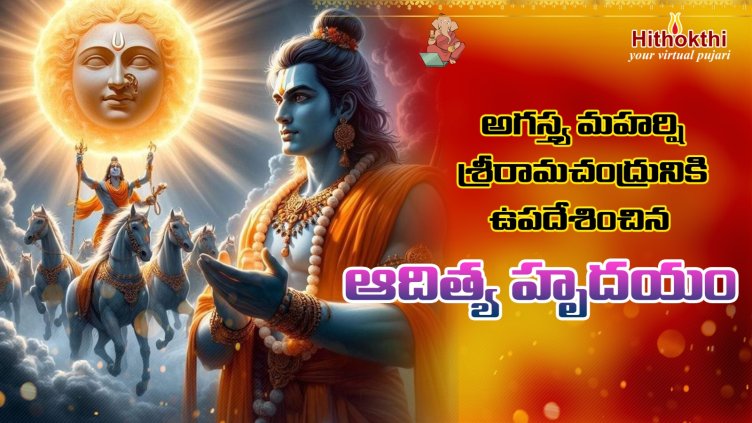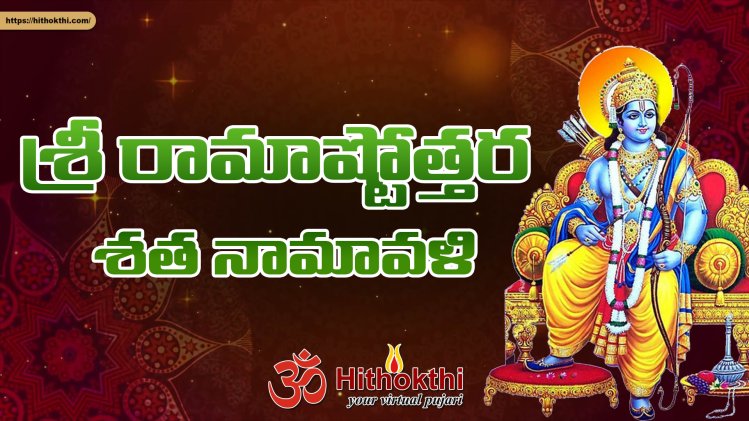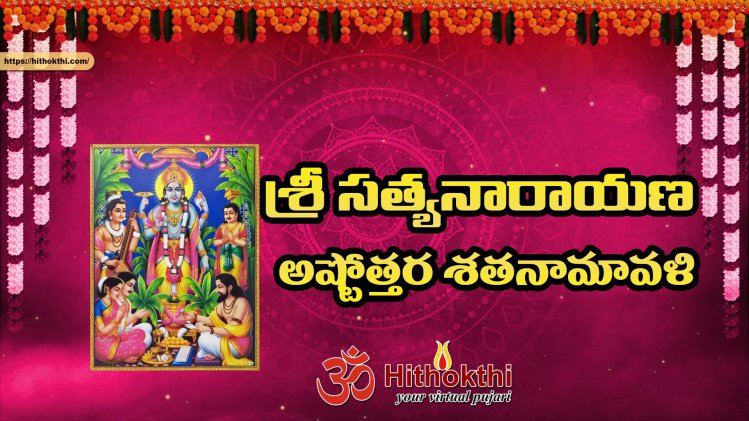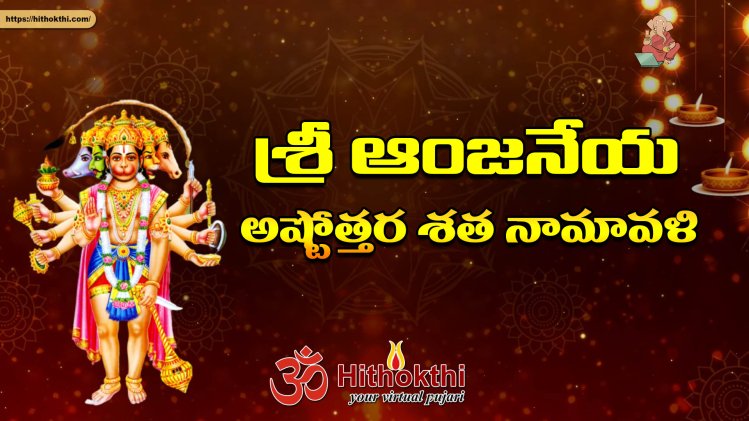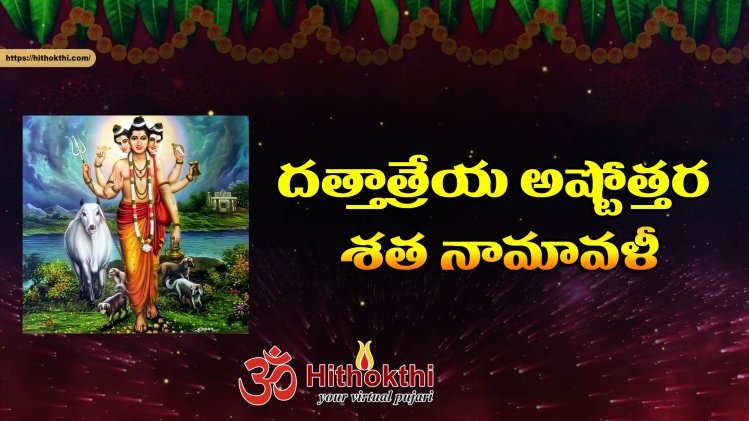“The Hindus – an Alternative History” – A Hindu defamatory book with full of errors

February 26, 2014: Wendy Doniger’s book “The Hindus, an Alternative History” (see the cover), published and distributed by Penguin has been a phenomenal sales success. Already (in June 2010), more than 600 libraries in North America have acquired a copy of the book, in one year since its publication. The Indian division of Penguin has brought out an Indian reprint as well. Doniger claims that her book is about Hindu women, low castes, dogs and horses. But these merely appear to be an excuse for her to indulge in bouts of lewd descriptions, imaginary rapes, violence, titillating sleaze, drugs, booze and the like – all of which is then superimposed on the Hindus and on their traditions. As usual, she kinks fairly straightforward narratives in Hindu scriptures to present her own pornographic versions.
Medieval India is not her forte at all, and Doniger is often seen reproducing (and even amplifying) the errors already present in her secondary and tertiary sources. The book is more than 600 pages long, and the number of errors average more than 1 per page. There are errors of chronology, of historical dates and sequence of events, geography, verifiable historical facts, proper names, translations of Sanskrit texts and so on. These errors are compounded by strained and agenda driven interpretations that whitewash medieval atrocities on Indians, perpetuate colonial and racist stereotypes about Hindus, attribute many positive developments within the Hindu society to impulses from Christianity or Islam and grossly distort historical evidence.
In her book, Hindu Deities are presented as lustful, Hindu Saints are falsely alleged by the author to have indulged in sexual orgies, or to have ‘taken actions against Muslims’, Hindu worshippers are compared to cheating boyfriends, ‘intoxication’ is a ‘central theme of the Vedas’ and Hindu scriptures are presented as a litany of tales of faithful women forsaken by their ungrateful husbands. One wonders if these caricatures of Hinduism really reflect the author’s own life rather than the culture and traditions of Hindus. Doniger claims to ‘love’ Hindus or their culture in her book, but this claim appears quite bizarre, perverse and frightening. The sections below give examples of these errors and biases, with some critical comments.
Trivializing Hindu Spirituality:
Spiritual scriptures are not meant to be read literally. They abound in analogies, metaphors and symbolism that convey deeper truths. Unfortunately, Doniger debases profound scriptures like the Upanishads and gives them her own crass and often obscene spin.
For example, while discussing Upanishadic descriptions of the journey of the soul after death, Doniger remarks (p. 175) – “The people who reach the moon in the Brihadaranyaka are eaten by the gods (as they are eaten by animals in the Other World in the Brahmanas), but the gods in the Chandogya merely eat the moon, a more direct way to account for its waning.” This is an example of Doniger understanding the mystical language of the Upanishads in a very literal way, missing their heart completely. The texts use a metaphorical and poetic language to stress that performance of good karma alone is not adequate because its results are finite. Eventually, these souls that reach the ‘moon’ due to performance of good karma also have to take a rebirth. No heaven is permanent – this is the import of these passages.
She caricatures the Yoga philosophy of Patanjali as exercises of mind and body (p. 505). In chapter 18, dealing with Darshanas, she often sacrifices accuracy in favor of literary cutisms.
Academic Pornographic Exercises:
On Page 79, Doniger ignores archaeological contexts completely to speculate that the great bath at Mohenjodaro could have been a brothel! On page 124, while commenting on Rigveda 10.162, Doniger remarks – “It appears that a woman’s brother too is someone she might expect to find in her bed, though the Rig Veda severely condemns sibling incest…” The relevant hymn has no hint of sibling incest. It is all in Doniger’s mind.
While discussing the Upanishads (pp. 177-178), she says – “A remarkably open‐minded attitude to women’s infidelity is evident in the mantra recommended to make a sexual rival impotent.” Doniger than cites Brihadaranyaka Upanishad 6.4.12, and gives her own twist – “In contrast to almost all of later Hinduism, which punished a woman extremely severely for adultery, this text punishes only her partner. Moreover, this punishment is intended (only) for a lover of his wife that the husband hates and therefore not necessarily for a lover that he does not hate, a most permissive qualification.” This is quite a pervert interpretation by Doniger (typical of her) and assumes a husband who can sometimes not hate the paramour of his wedded wife. Does Doniger personally know husbands who would not feel bad about their wives being seduced by other men? It appears more likely that the Upanishad does not consider the possibility of the wronged husband forgiving or loving the offending male in this passage.
In her chapter on Tantra, she of course does not resist the temptation to re-christen the Pancha-makaaras (5 M words) as the ‘Five F words’ (p. 424), demonstrating her juvenile mind. In chapter 18, she misquotes Hindu texts to allege that Saint Shankaracharya indulged in a sexual orgy with another king and his queens. Is this an alternative history or pornographic fiction?
Demeaning Remarks against Hindus:
Doniger makes sweeping disparaging remarks against Hindus and their tradition in her book. For example, writing about the wife of a gambler described in the Rigveda, she says (on page 123) – “The gambler’s wife is one of a more general company of long‐suffering wives, devoted but often deserted, who people ancient Hindu literature and the society that this literature reflects.” On the same page, she remarks that women appear only as ‘objects’ of men in the Rigveda – a wrong claim that insults Hindu traditions.
On the next page, Doniger calls the Vedic worshipper’s successive praise of different Deities as ‘serial monogamy’ and then gives this parallel – “You, Susan, are the only woman I’ve loved; you are the only one.” “You, Helen, are the only woman I’ve ever loved; you are the only one.” Comparing a Vedic worshiper to an unfaithful, untruthful and philandering boyfriend is a perfect example of how Doniger’s personal biases and cultural conditioning render her deaf and blind to an ethos totally different from her own. Her flippant analogy, besides being incredibly disrespectful, fails to even remotely convey the true spirit and intent of a Vedic worshiper. What Doniger forgets is that in real life, Susan and Helen are completely different women, and the debauched boyfriend will not reveal his love for Susan to Helen or vice versa. But the Vedic Deities are not separate from each other, and the worshipper’s devotion (or lack thereof) to one Deity is not hidden from the other Deities either! The Vedic Deities are born of each other, they merge to constitute one Divinity, their origin is One, they represent different aspects of One truth and so on – all these are some inter‐relationships of Deities stated in the Rigveda. Surely, Susan cannot be born of Helen or Helen of Susan!
Throughout the book, Doniger credits non-Hindus with numerous good innovations in the Hindu society. Conversely, she blames Hindus for the flaws of others! For example, on page 450, she says – “In 1350, a century after Raziya’s death, the historian Isami objected to her blatant interracial liaison, remarking that a woman’s place was at her spinning wheel….The sexism they already had in India, thank you…” . Now, the historian Abdul Malik Isami belonged to a family of Arab nobles who had migrated to India a century earlier. His work ‘Futuh‐us‐Salatin’ is in Persian and it can hardly represent the prevalent attitudes of Indians (who were more than 90% Hindus) in those days. To ridicule the sexism of 14th century Indians on the basis of his statements is unfair to Indians. For that matter, Isami hated Hindus and even chided Muhammad bin Tughlaq (the then Sultan of Delhi) for being soft on Hindus19 even though Tughlaq had occasionally indulged in bouts of temple destruction and slaughter of Brahmins. Will Doniger then say – “The hatred for Hindus they already had in India, thank you…”
On page 458, she blames the Hindus for the practice of veil worn by Muslim women – “In the culture at large, Hindus adopted a number of Muslim social customs. When the royal women of the Turks and the Rajputs first met, the Muslim women did not keep particularly rigidly to purdah; they joined in the drinking parties and literary salons…..It was after they had lived in India for a while and encountered the Rajput codes of modesty and honor that the women were more strictly concealed by the curtain of purdah and the zenana (harem) and at the same time also adopted some aspects of the Hindu caste system. Hindu women, in turn, adopted a modified version of the Muslim purdah. What a pity that each side took the worst of both the worlds; why not ditch both purdah and caste?” The examples given by Doniger to show that Hindus and Muslims borrowed the worst from each other does not seem to bear logic because her statements actually seem to suggest (falsely) that Hindus did not borrow anything bad from Muslims, whereas the Muslims borrowed caste as well as purdah from the Hindus! In fact, her generalization only shows her prejudices against Hindus because historians who have looked at the historical data available have reached different conclusions. For instance, it is pointed out that we do not get any reference to purdah in the history of Rajputs prior to the Islamic conquests and there are several instances in history where Rajput women fought in battles as late as the 14th cent., and also participated with their men‐folk in outdoor games. Moreover, there was no purdah among Hindu women in South India – the area least affected by Islamic rule. Even if the Turkish invaders did not have caste, they had their own systems of social stratifications and differentiations along the lines of ethnic origins. And whereas the Hindu rulers did not accord a second class status to Muslims within their dominions, the Muslim rulers in general accorded a lower status to Hindus than Muslims in their rule. The Turkish looked down upon native Indian converts to Islam, and chroniclers like Barani did not mince words in considering these converts as wretches, and inferior to the true blooded Muslims from Central Asia and Arabia. Surely, this religious discrimination and racism was not due to Hindu influence!
On page 468, she even makes the patently false claim that destruction of Hindu temples motivated them to construct even grander temples, as if Islamic iconoclasm was a blessing upin the Hindus.
Doniger even goes to the extent of blatant falsification of the historical record. For example, she claims (on page 459) that Bengal’s Sultan Ala‐ud‐din Husain (r. 1493 – 1519) patronized the Hindu saint Chaitanya Mahaprabhu. The historical biographies actually show that the Saint stayed away from the realm of the Sultan to prevent his capture, and the Sultan himself destroyed numerous Hindu temples.
On page 507, she claims that -“[Shankaracharya’s] philosophy… may have been buoyed up by the need to respond to the monotheist philosophies of Islam…” Similarly, she credits Christianity with innovative features of the Dvaita philosophy (even though some of them like everlasting hell can be easily credited to Jain sources). She claims that the Vaishnava doctrine of Prapatti might have been an adaptation of Islamic doctrine of surrender to Allah (p. 515).
On page 467, Doniger makes the ridiculous remark that Hindu heroes Harihara and Bukka double-crossed the Muslim Sultan who had captured them and converted them to Islam, by reverting to Hinduism when they were able to get more than a 1000 miles away from their captor! No Hindu hero escapes her wrath. She alleges that Ramanuja ‘took action against the Muslims’ (p. 510) when all he did was to retrieve a Hindu icon from Muslim captivity. While discussing the biographies of the trinity of Vedanta (Shankaracharya, Ramanujacharya and Madhvacharya), all she selects are episodes that can be given a kinky twist, and ones wherein she can accuse these Saints of behaving in an unsaintly manner.
Doniger’s worst invectives are of course reserved for cherished Hindu Deities. She portrays Lord Rama as a mentally weak, misogynist and violence prone character who acted unfairly against Shurpanakha! Apparently, according to Doniger, Rama banished Sita from Ayodhya because he was scared of becoming a slave of senses like his father Dasharatha!
The Mahabharata has several women characters who act as guides and teachers of kings and sages. But in her chapters on the Mahabharata, all that Doniger seems concerned about is who slept with whom!
Culturally Insensitive Remarks:
On page 133, while discussing the Vedic cremation, she comments – Discussing Rigveda 10.16.1 which asks Agni to consume the body being cremated thoroughly, Doniger remarks – “The great French Indologist Loius Renou translated the idea of being cooked perfectly as au point, just as one would say of a good steak.” Doniger obviously knows that beef is an anathema to modern Hindus, and perhaps for this reason, she has made a remark that would be highly offensive to Hindus today, especially when made in the context of their holy scriptures. So much for cultural sensitivity and appreciation of diversity!
Cynical and Illogical Speculations and Interpretations:
On page 170-171, Doniger proposes a cute theory as an explanation for the origin of the theory of reincarnation – “The theory of reincarnation, a recycling not of tin cans but of souls, may reflect an anxiety of overcrowding, the claustrophobia of a culture fenced in, an kind of urban Angst….Is this fear of crowds related to the shock of the new experience of city life in the Ganges Valley? Were there already slums in Kashi (as there may already have been in Harappa)? Is a fear of this sort is what inspired the theory of reincarnation, who precisely was it who was afraid?” The logic used by Doniger militates against the conclusion drawn by her. If there was overcrowding on this earth, why would Indians want dead persons to take rebirth on earth again? They’d want them to go to other worlds and just stay there. Reincarnation is a very wide‐spread belief found in numerous cultures all over the world, including societies that live in sparsely populated and remote islands. Doniger’s views are too speculative because there was plenty of place for cities to expand into the surrounding country‐side and forests in this period. In fact, the Buddhist scriptures (Sutta Nipata for instance) makes the Buddha yearn for a good time when there will be continuous human inhabitations that are not interspersed by forested land.
Irrelevant Meanderings:
Quite often, her ‘alternative history’ dwells on topics that are completely un-related Hindu women, Dalits or even to animals. For example, Doniger devotes 2 pages (pp. 566-568) to a discussion on the elite Muslim women in Mughal harems, and Muslim women in other dynasties. What does this digression have to do with the history of Hindus? This is just one of the dozens of useless digressions in the book that unnecessarily and greatly increase its bulk.
For a book that claims to be an alternative history of Hindus, it is really strange that Doniger almost ignores the contributions of Hindu culture to S E Asia and Central Asia. She devotes a fairly amateurish chapter on the Hindu diaspora, restricting herself to the United States. And there is practically zero discussion on entire genres of Hindu scriptural traditions like the Pancharatra Agama. She regurgitates instead the century old colonial and racist stereotypes of Hindus and their tradition, repeating the cow-caste-curry-Sati tropes.

